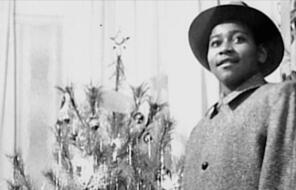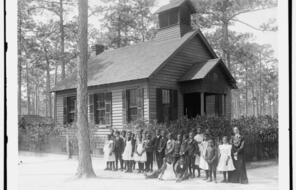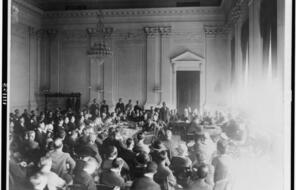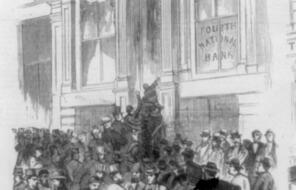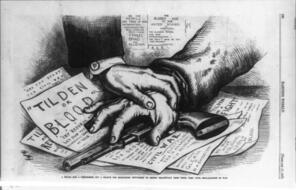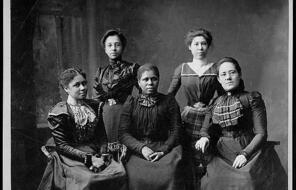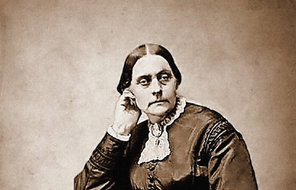
Preparing to Journey to the Mississippi Delta
At a Glance
Language
English — USSubject
- History
- Social Studies
Grade
9–12Duration
One 50-min class period- Racism
- Human & Civil Rights
- Democracy & Civic Engagement
Overview
About This Lesson
In the first lesson of this unit, students are introduced to the history of the murder of Emmett Till by reading Mamie Till-Mobley’s account of “the talk” she had with her 14-year-old son Emmett in 1955 shortly before he journeyed from Chicago to visit family in Mississippi. Students are invited to make personal connections with this account by reflecting on talks they have had with parents or elders who gave them advice out of concern for their safety. By considering why Till-Mobley felt she needed to have this talk with Emmett, students will also learn about the historical context of Jim Crow-era Mississippi in 1955 and the dangerous environment into which Emmett would travel.
Preparing to Teach
A Note to Teachers
Before teaching this lesson, please review the following information to help guide your preparation process.
Lesson Plans
Activities
Extension Activities
Materials and Downloads
Quick Downloads
Download the Files
Download allGet Files Via Google
Resources from Other Organizations
Preparing to Journey to the Mississippi Delta
Special Thanks
The Emmett Till & Mamie Till-Mobley Institute and Facing History & Ourselves would like to offer a special thank you to the partners, collaborators, and student advisors who made critical contributions to this curricular unit. They include colleagues from within the Till Institute as well as the Emmett Till Interpretive Center, the Alluvial Collective and students from across Mississippi.
Kobie Austin
Christopher Benson
Kenyatta Coleman
Kinsey Crowley
Abby Jo Flowers
Vondaris Gordon
Germaine Hampton
Zykira Hooper
Jataylon Johnson
Madison Jones
Qadre Latiker
Ashura Lewis
Elliot Long
Zakarriya Love
Katilyn Mackey
Kaliyah Mayes
Dr. Marvel Parker
Colin Richardson
Matthew Richey
Jay Rushing
Hannah Shapiro
Mike Small
Bethany Stanford
Ian Underwood
Dr. Earl Watkins
Jamari Williams
Adrianequa Wilchie
Myiesha Wright

Teach Facing History
Not in the United States?
Find resources for Canada and the United Kingdom
Learn more about our other International Partners
Unlimited Access to Learning. More Added Every Month.
Facing History & Ourselves is designed for educators who want to help students explore identity, think critically, grow emotionally, act ethically, and participate in civic life. It’s hard work, so we’ve developed some go-to professional learning opportunities to help you along the way.
Exploring ELA Text Selection with Julia Torres
On-Demand

Working for Justice, Equity and Civic Agency in Our Schools: A Conversation with Clint Smith
On-Demand

Centering Student Voices to Build Community and Agency
On-Demand


